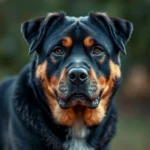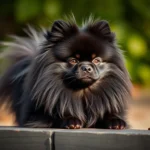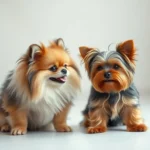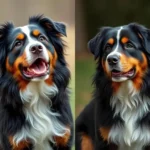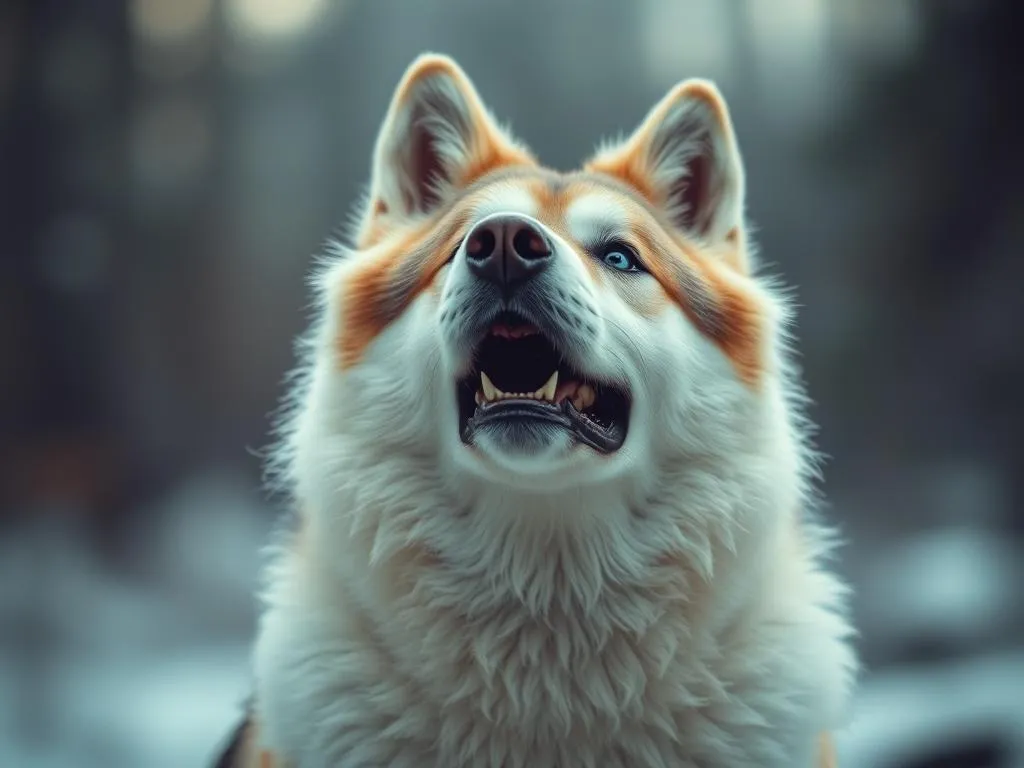
The world of dog breeds is vast and diverse, showcasing the incredible adaptability of canines to various environments and lifestyles. Among these breeds, the East Siberian Laika stands out as a unique and fascinating dog, deeply rooted in the history and culture of Siberia. This article delves into the characteristics, history, and care of the East Siberian Laika, providing potential owners with essential insights into this remarkable breed.
Origin and History of the East Siberian Laika
Historical Background
The East Siberian Laika originated in the harsh and remote regions of Siberia, where it was developed by indigenous tribes for a variety of roles, particularly hunting. This breed is part of a group known as “Laikas,” which are spitz-type dogs known for their stamina and versatility. The East Siberian Laika was primarily used for hunting game such as elk, bears, and even smaller animals like squirrels and birds. Their keen sense of smell and impressive tracking skills made them invaluable companions for hunters.
Cultural Significance
In the cultures of Siberian tribes, the East Siberian Laika holds a special place. They were not only working dogs but also symbols of loyalty and companionship. The breed is often featured in local folklore and mythology, embodying the spirit of the wilderness. Tales of brave Laikas that helped hunters survive in the unforgiving climate are common, and their role in traditional rituals highlights their importance in these communities.
Development of the Breed
The East Siberian Laika has evolved over centuries, shaped by its environment and the needs of the people who bred it. Selective breeding practices have enhanced certain traits, such as endurance, intelligence, and an innate ability to work alongside humans. The breed’s physical characteristics, such as its double coat, were developed to withstand the extreme Siberian cold, making them well-adapted to their original habitat.
Physical Characteristics
Size and Weight
The East Siberian Laika is a medium-sized breed, typically standing between 20 to 24 inches at the shoulder and weighing between 40 to 60 pounds. Males are generally larger than females, and both exhibit a strong, athletic build that reflects their working heritage.
Coat and Color
One of the most distinctive features of the East Siberian Laika is its thick double coat, designed to protect them against harsh weather conditions. The outer coat is coarse and straight, while the undercoat is soft and dense, providing insulation. Common color patterns include shades of grey, black, and tan, often with white markings on the face, chest, and legs. Their coat requires regular grooming to maintain its health and appearance, especially during shedding seasons.
Distinctive Features
The East Siberian Laika is characterized by its erect ears and bushy tail, which often curls over the back. They have a well-proportioned head with a slightly rounded skull and a keen, intelligent expression. Compared to similar breeds, such as the Siberian Husky or Alaskan Malamute, the Laika tends to have a more elongated body and a less pronounced muzzle, contributing to its unique aesthetic.
Temperament and Behavior
General Temperament
The East Siberian Laika is known for its friendly and independent nature. They are typically affectionate with their families, forming strong bonds with their human companions. However, their independence can sometimes lead to stubbornness, making consistent training essential. These dogs are alert and protective, making them excellent watchdogs while still being sociable and playful.
Socialization Needs
Early socialization is crucial for the East Siberian Laika. Exposing them to various people, animals, and environments during their formative months helps them develop into well-rounded adults. Without adequate socialization, they may become overly cautious or territorial. Regular interaction with other dogs and pets can foster a friendly demeanor.
Training and Intelligence
The East Siberian Laika is intelligent and eager to learn, but their independent streak can pose challenges during training. Positive reinforcement methods work best, as they respond well to praise and rewards. Consistent, engaging training sessions that incorporate mental stimulation are essential to keep them focused. They excel in activities such as agility training, obedience, and even tracking, tapping into their natural instincts.
Health Considerations
Common Health Issues
While generally healthy, the East Siberian Laika can be prone to specific genetic health issues, including hip dysplasia, eye disorders, and certain skin conditions. Regular veterinary check-ups are essential to monitor their health and catch potential issues early.
Lifespan
The average lifespan of an East Siberian Laika ranges from 12 to 15 years. Factors such as genetics, diet, exercise, and overall care can influence their longevity. Providing a loving and stimulating environment contributes significantly to their well-being.
Preventative Care
Routine veterinary care is crucial to maintain the health of your East Siberian Laika. Annual vaccinations, regular dental care, and parasite prevention are necessary components of their healthcare regimen. Additionally, regular health screenings can help identify any potential health concerns early on.
Living with an East Siberian Laika
Ideal Living Conditions
The East Siberian Laika thrives in environments that allow for plenty of space to roam and explore. While they can adapt to apartment living, having access to a secure yard is ideal. Their Siberian roots mean they are well-suited to colder climates, although they can adapt to various weather conditions as long as they have adequate shelter.
Exercise Needs
This breed is highly energetic and requires substantial daily exercise. Owners should aim for at least 60 to 90 minutes of physical activity each day. Activities such as hiking, running, and playing fetch are excellent ways to keep them physically fit and mentally stimulated. Engaging in dog sports can also be a great outlet for their energy.
Grooming and Maintenance
The grooming needs of the East Siberian Laika are moderate to high. Their double coat requires brushing at least once a week, with increased frequency during shedding seasons. Bathing should be done as needed, but over-bathing can strip their coat of natural oils. Regular nail trimming and dental care are also important aspects of their grooming routine.
Nutrition and Diet
Nutritional Requirements
An East Siberian Laika requires a balanced diet that meets their nutritional needs at different life stages. Puppies, adults, and seniors have varying dietary requirements, so it’s important to choose high-quality dog food tailored to their specific needs.
Recommended Dog Food Types
When selecting dog food, owners can choose between commercial and homemade diets. High-quality commercial dog foods that list meat as the first ingredient and avoid fillers are ideal. For those interested in homemade diets, it’s crucial to consult with a veterinarian to ensure a balanced and nutritious meal plan.
Feeding Guidelines
Feeding guidelines for the East Siberian Laika vary based on age, weight, and activity level. Adult dogs typically do well with two meals per day, while puppies may require three to four smaller meals. Portion sizes should be adjusted according to their individual needs, taking care not to overfeed, which can lead to obesity.
Conclusion
The East Siberian Laika is a remarkable breed that embodies strength, loyalty, and adaptability. With their rich history and unique characteristics, they make for excellent companions for active families and individuals who appreciate a dog with a strong work ethic and playful spirit. Potential owners should consider the breed’s specific needs regarding exercise, grooming, and socialization to ensure a fulfilling and rewarding relationship. Owning an East Siberian Laika can be a joyful experience, full of adventures and companionship.
FAQ Section
What is the East Siberian Laika’s temperament like?
The East Siberian Laika is friendly, independent, and protective, making them a great family companion while also alerting their owners to any potential threats.
How much exercise does this breed require?
The East Siberian Laika requires at least 60 to 90 minutes of exercise daily, enjoying activities such as hiking, running, and engaging in dog sports.
Are East Siberian Laikas good with children?
Yes, with proper socialization, East Siberian Laikas can be great with children, forming strong bonds and enjoying playtime. However, supervision is essential to ensure both the dog and children interact safely.
In summary, the East Siberian Laika is a breed that not only brings joy to the lives of its owners but also has a rich history and cultural significance that adds depth to its character. By understanding their unique traits and needs, prospective owners can provide a loving and suitable home for this extraordinary breed.


